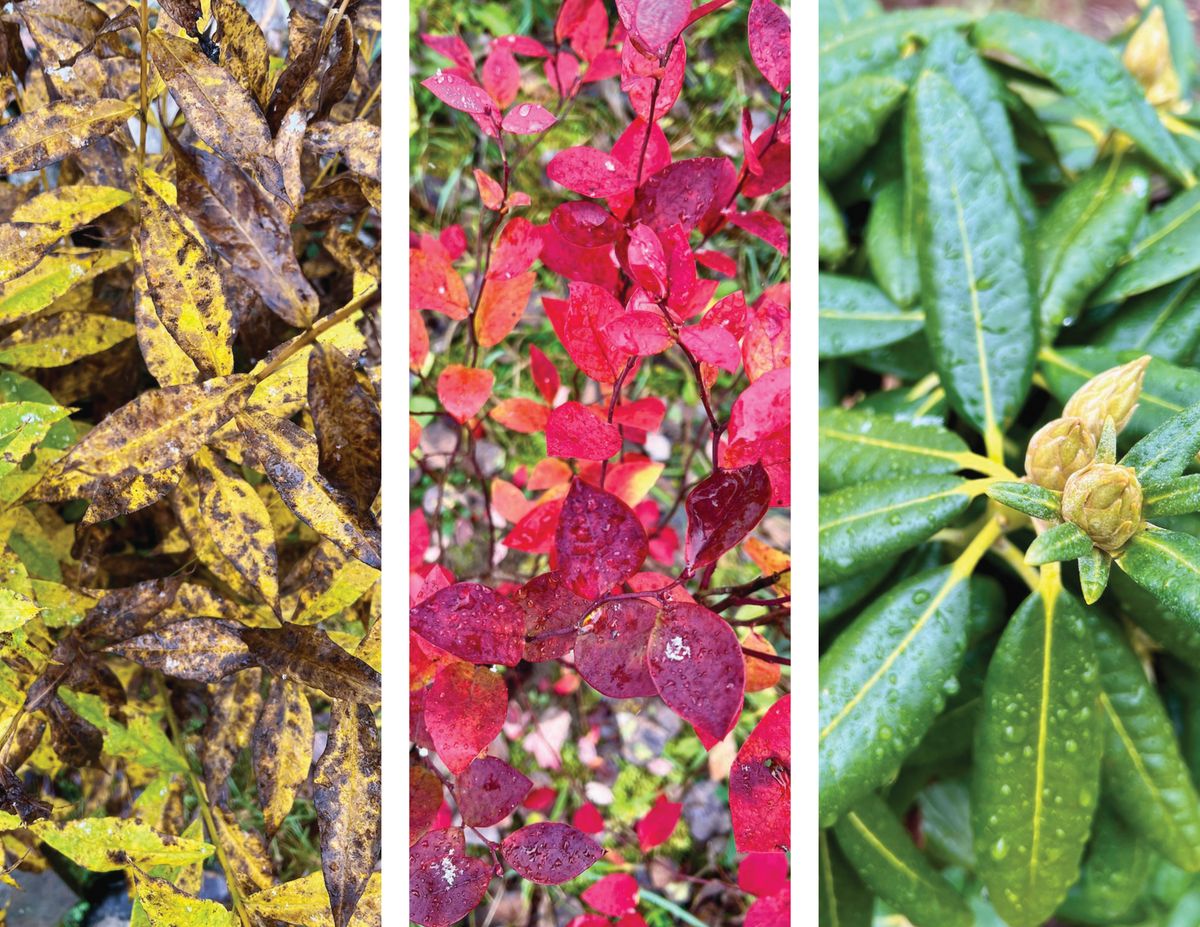Maackia 019: A Fortuitous Experiment

I’m Nathan Langley and this is Maackia, a monthly newsletter on Sudbury blue gold!
One of the stranger things I noticed right away during my early trips to Sudbury were the random cars parked along the highway. No sign of distress, or any people for that matter. Just a deserted vehicle. Or two. Or five.
I came to learn pretty quickly that the people missing from those cars were hunting for Sudbury’s blue gold among the swamps and exposed shield: blueberries. It is one of the small benefits of polluting the landscape all those years ago — the soil became perfect for wild blueberry growth.
I’ve noticed a lot of peculiar plant uses this past year on social media, particularly among those in the “natural garden” niche, spearheaded by Piet Oudolf. Experimentation is the root of creativity, after all, so I didn’t think too much of what I was seeing online. Wisps of asparagus flowers in a natural-looking garden doesn’t seem that improper, particularly next to all the tall grasses glowing in the late evening sun.
I guess I’m too traditional to think about doing it in my own designs, though. My brain can’t get past the question of why it is there. What is its purpose? What does it add that another plant can’t do better? I even have some in the pond garden that I inherited when I moved to Sudbury. I don't understand why it was planted in the garden, but it produces the odd stalk that I always forget about, and it eventually turns into the scrawny plant I see used online. It’s neat, I guess? Something different.
With the first heavy frosts and attempts at snow behind me, I am looking at my gardens and taking note of what is still standing. While I’m traditional in some respects, I do not like cutting anything down in my garden in the fall. As a result, I get to watch as each plant reacts to the ever-increasing cold.
Some, naturally, turn to mush at the first whiff of winter (I’m looking at you, Hosta). Others hold on for as long as they can and then drop all of their leaves in one go (good try Aruncus!). And then there are those special plants that turn their nose up at the cold weather and hold their own. It’s these plants that I am interested in. Ones that hold the line and keep some kind of form and structure until they get buried with snow.
One of the hardest parts of living in Sudbury (or any northern climate) is how bleak the urban landscape becomes. Sudbury is particularly bad in my experience. You quickly understand why they trained for Moon missions here.
But I am stubborn — I really don’t think it has to be that way. I just need to keep experimenting to find those special plants that can add interest into November.
Out of the few experiments I did carry out this year, two are already showing positive signs. In particular, two cultivated blueberry bushes were planted in the pond garden, along with some trailing strawberries (which is another favourite among the “natural garden” crowd).
The blueberries have been simply incredible. They didn’t produce much fruit this summer (which was to be expected), but their fall colour has been spectacular (it’s the middle photo at the beginning of this email). Vibrant reds that border on almost purple on one end and orange on the other. And it is still holding on to its leaves! Every other deciduous plant surrounding it has since dropped everything and gone to sleep.
The best part is that blueberries bring activity into a garden. You want to beat the birds to that sweet blue gold. But if you don’t, you still get to enjoy visiting with whoever decides to come by to feast. Amelanchier is another plant I enjoy using for the same reason. It brings positive energy with it.
While I don’t envision myself slogging through the bush around Sudbury on the lookout for wild blueberry patches any time soon, I can definitely see myself planting more cultivated blueberries at home.
n